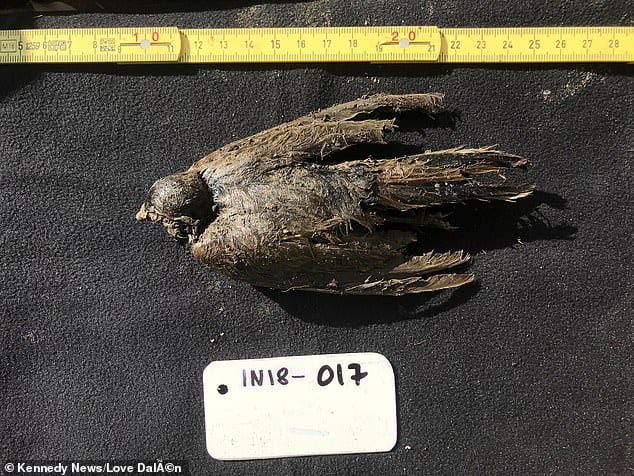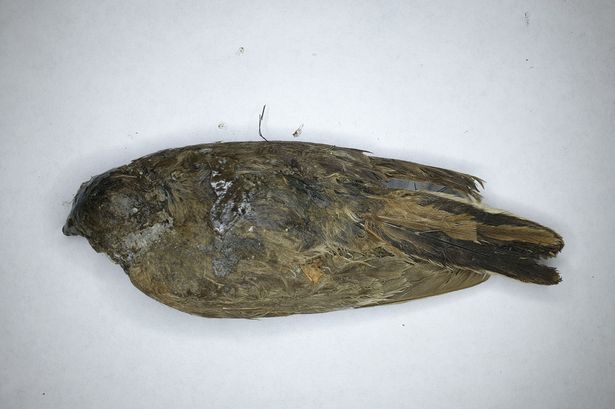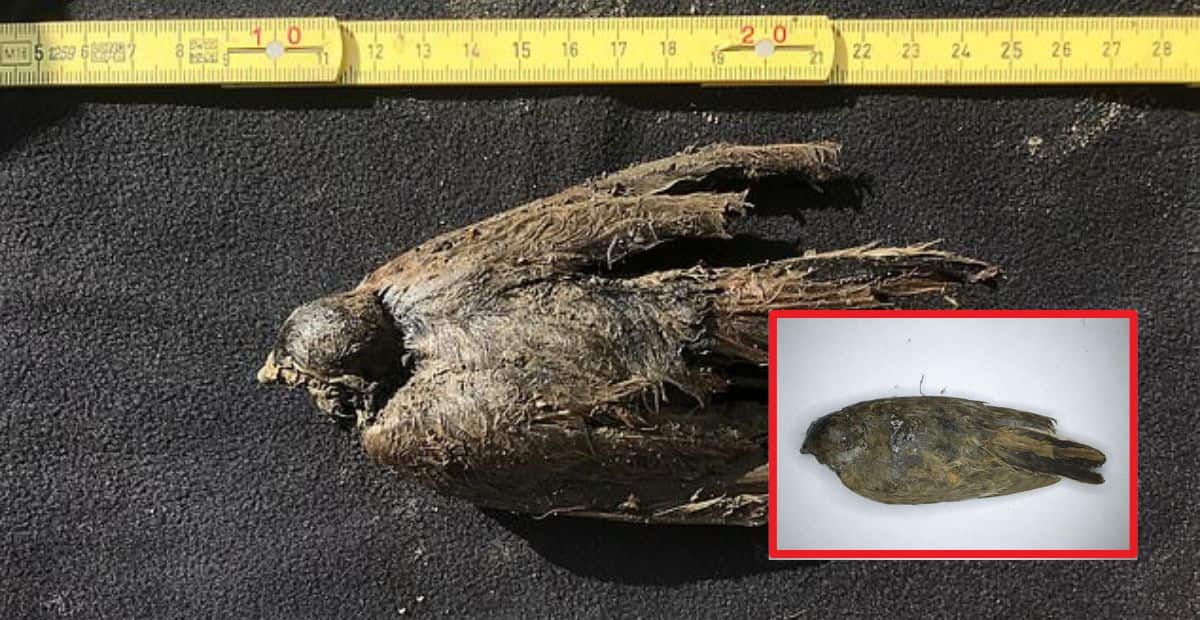46,000-year-old bird found frozen in Siberia sheds light on the end of an ice age
The research team said the specimen will help them to understand how the horned lark evolved. They also plan to compare its genomes with all other subspecies of the horned lark.
A well-preserved carcass of a 46,000-year-old bird discovered by ivory hunters in Siberia could help in understanding how the ecosystem evolved at the end of the ice age, new research suggested.
It was found buried and frozen in permafrost near the village of Belaya Gora in north-eastern Siberia, said reports. The ivory hunters soon passed on the specimen to a team of experts from the Swedish Museum of Natural History for tests and analysis. Scientists studying the specimen identified it as a horned lark and said it was ‘exceptionally well preserved’.

DNA of the bird and radiocarbon dating revealed its age to be around 46,000 years old. The scientists then carried out a genetic analysis to identify the bird as Eremophilia Alpestris, according to a paper published in the journal Communications Biology.
The scientists said the discovery was significant because it offers new information about how the ‘mammoth steppe’ was divided into three types of biological environments when the ice age ended. The Mammoth steppe was the Earth’s most extensive biome that spanned from Spain eastwards across Euroasia to Canada and from arctic islands southward to China.
Love Dalén, who carried out the study, said the bird may be an ancestor of two subspecies that are still alive today. “Our results support this theory since the diversification of the horned lark into these subspecies seems to have happened about at the same time as the mammoth steppe disappeared,” Dalen said in a statement.

The research team said the specimen will help them understand how the horned lark evolved. They also plan to compare its genomes with all other subspecies of the horned lark.
About its well-preserved state, team members said it can be explained by the cold state of the permafrost. However, everyone agreed the specimen was exceptionally well preserved as compared to other discoveries.




